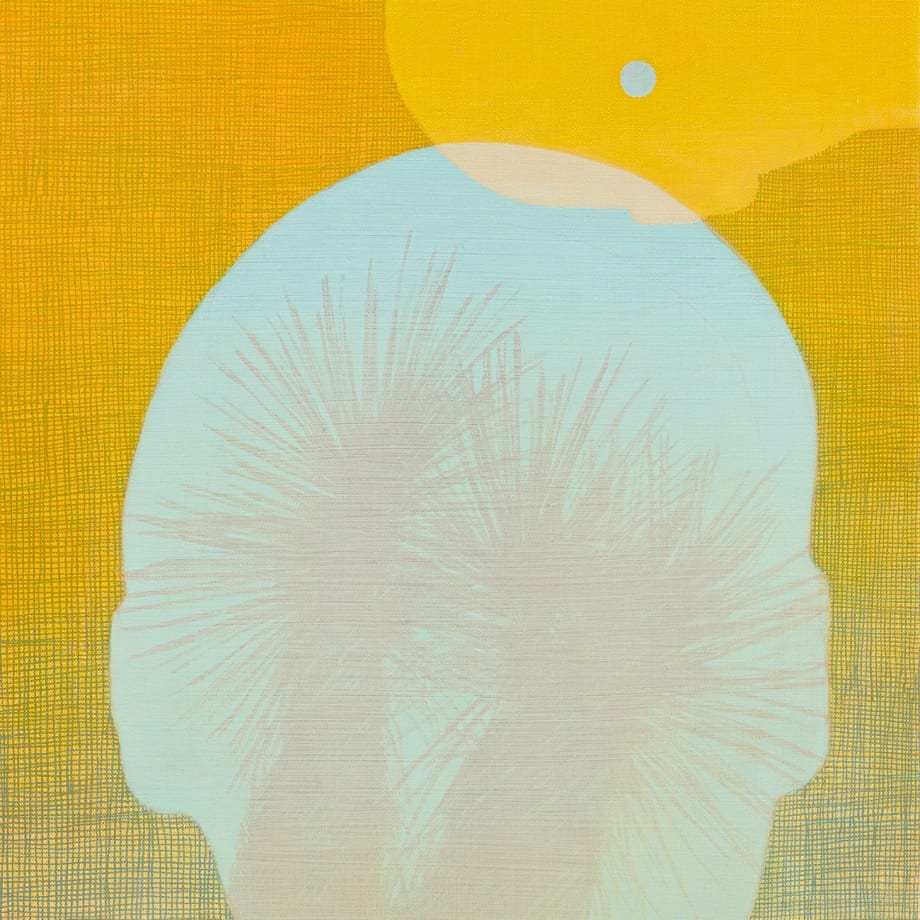Curious about antipathy towards aesthetically pleasing painting in art institutions at the time, Brooke chose to research this in her undergraduate thesis on the ‘abandonment of beauty' in contemporary art practice. She resumed the research in 2012 taking a Masters of Research, to consider whether neuroscience may be used to re-frame Friedrich Schiller's Letters on the Aesthetic Education of Man in order to review the problematic idea of aesthetics in contemporary fine art practice and theory.
Schiller proposed that beauty created a balancing of the two opposing human impulses of sensuality and reason. He suggested that when these are experienced equally, an oscillation - or ‘play' - is created between the two: and when we experience this we 'have a complete intuition of [our] humanity' - of the reality of our senses on the one hand, and the capacity to reason on the other.
WHAT CAN NEUROSCIENCE CONTRIBUTE TO A REVIEW OF FRIEDRICH SCHILLER'S CONCEPT OF THE PLAY IMPULSE?
AN INVESTIGATION INTO CONSTRUCTED OPPOSITIONS IN PAINTING PRACTICE
This thesis investigates whether there are parallels between Iain McGilchrist's theories about the bi-hemispheric nature of the human brain in his book The Master and his Emissary: The Divided Brain and the Making of the Western World (2009) and Friedrich Schiller's letters On the Aesthetic Education of Man (1795); and how there is potential for discourse between neuroscience and aesthetics through art practice; how all three disciplines can correspond.
Masters of Research Fine Art Practice Thesis, Chelsea College of Art, 2013.
